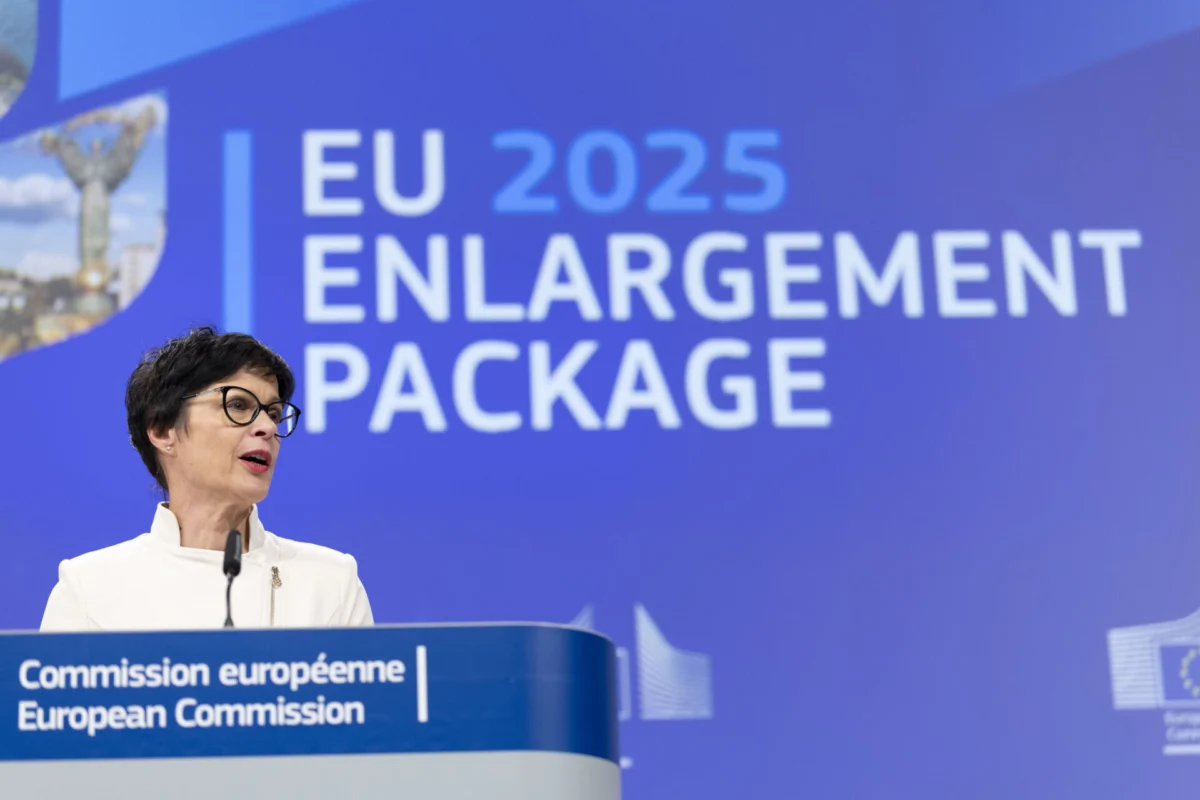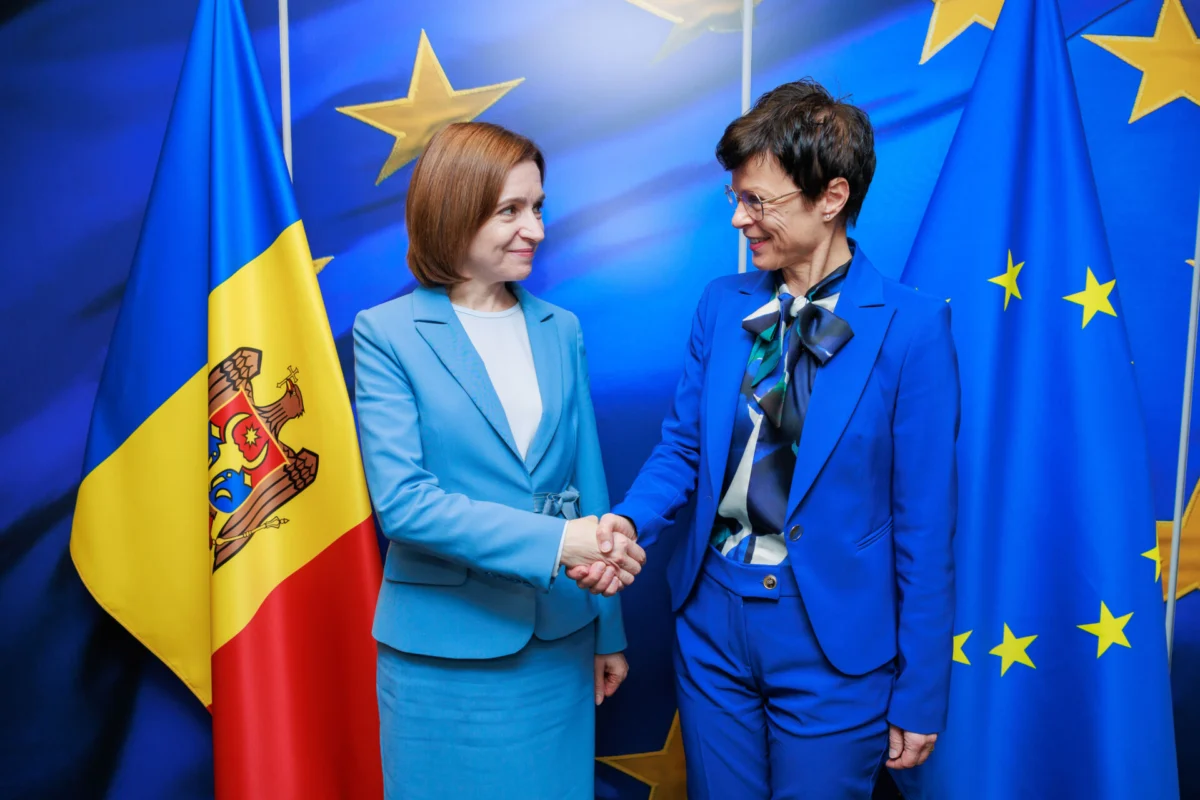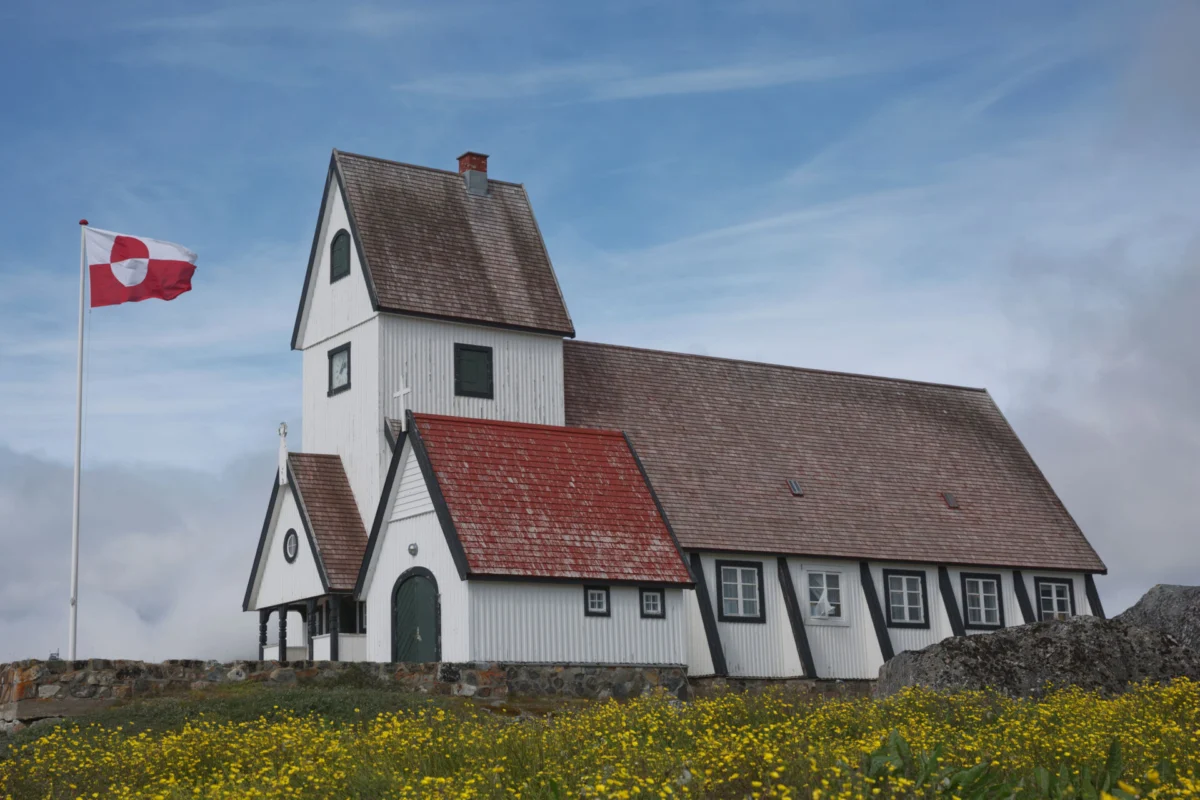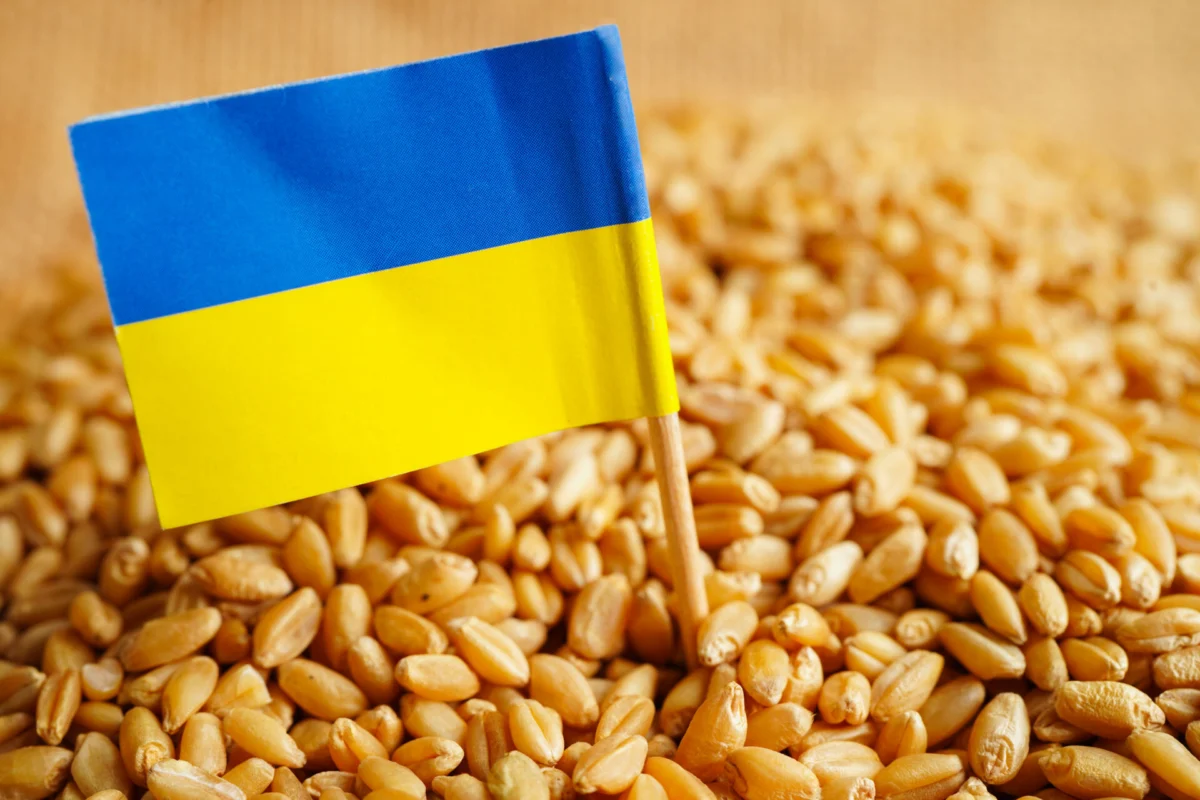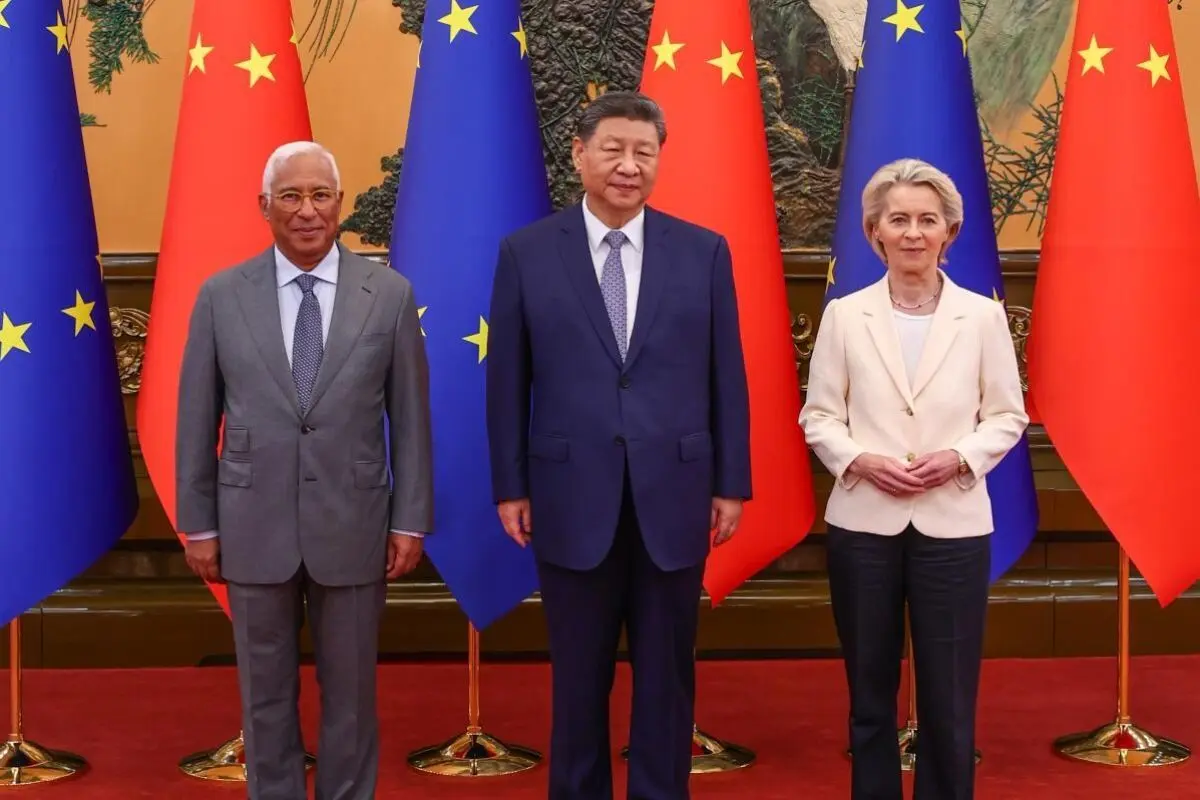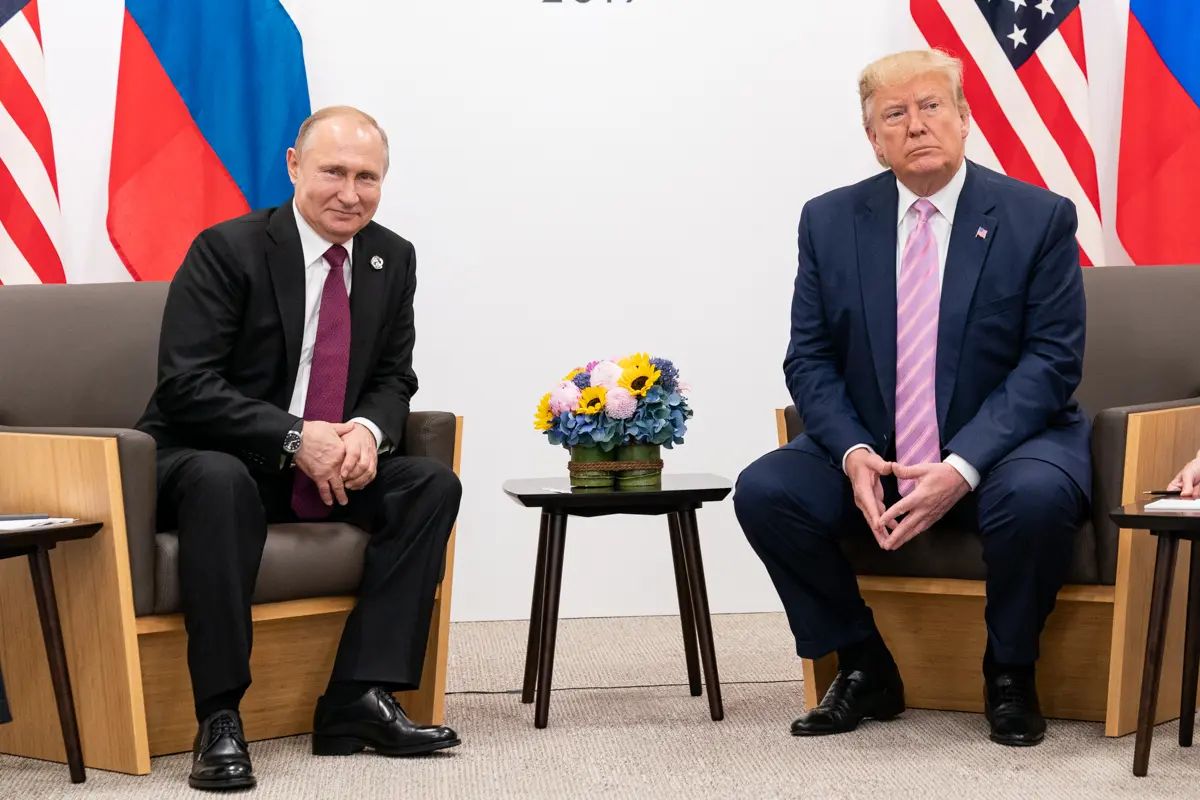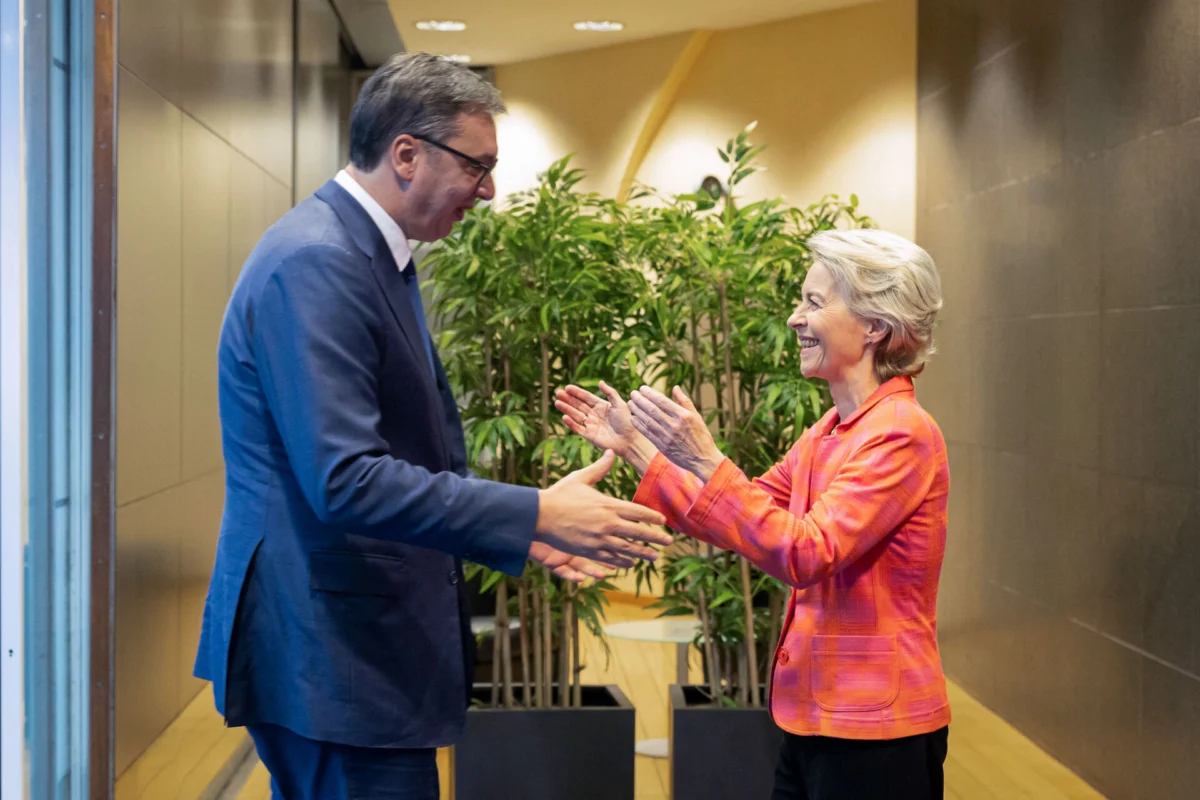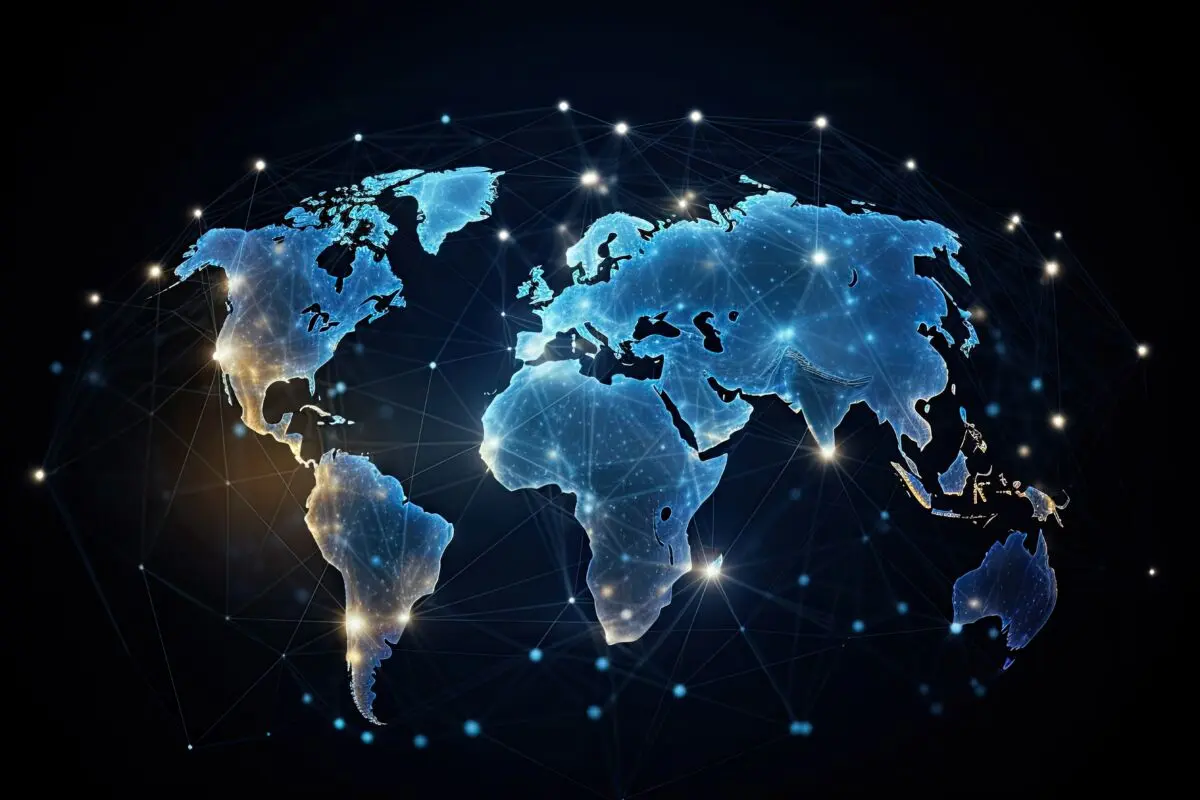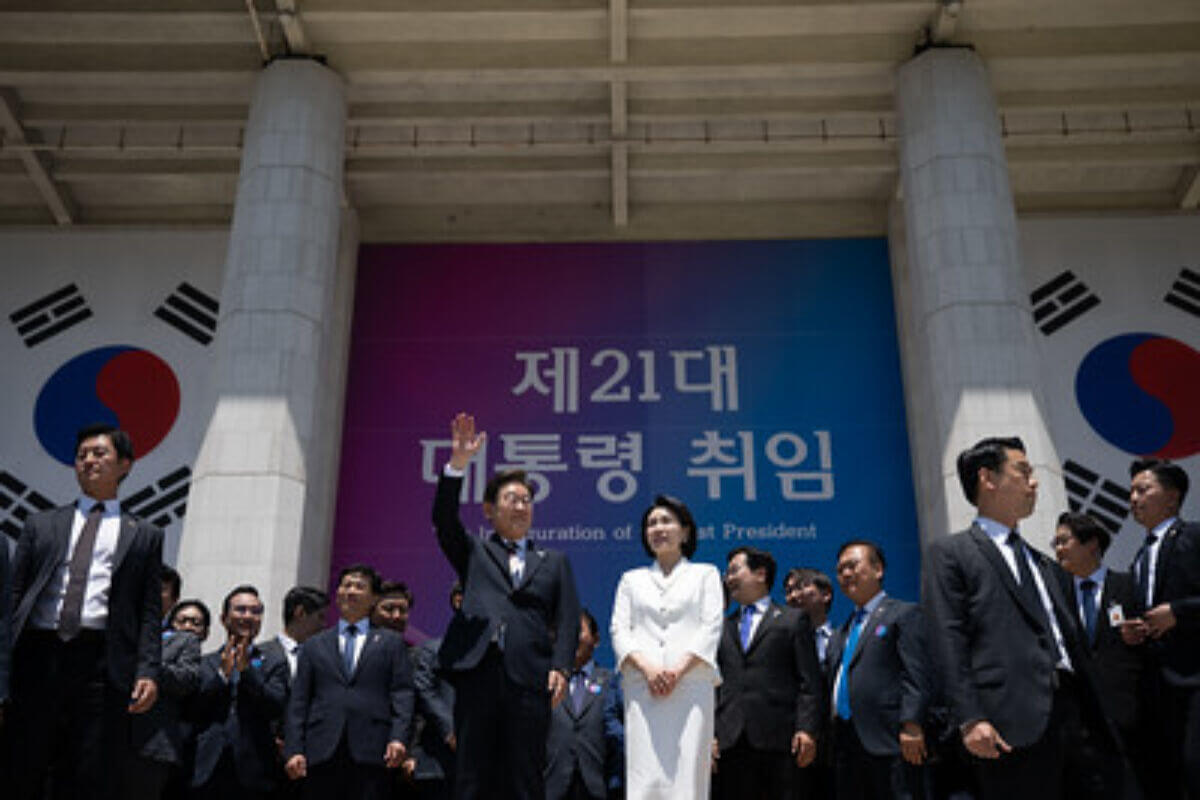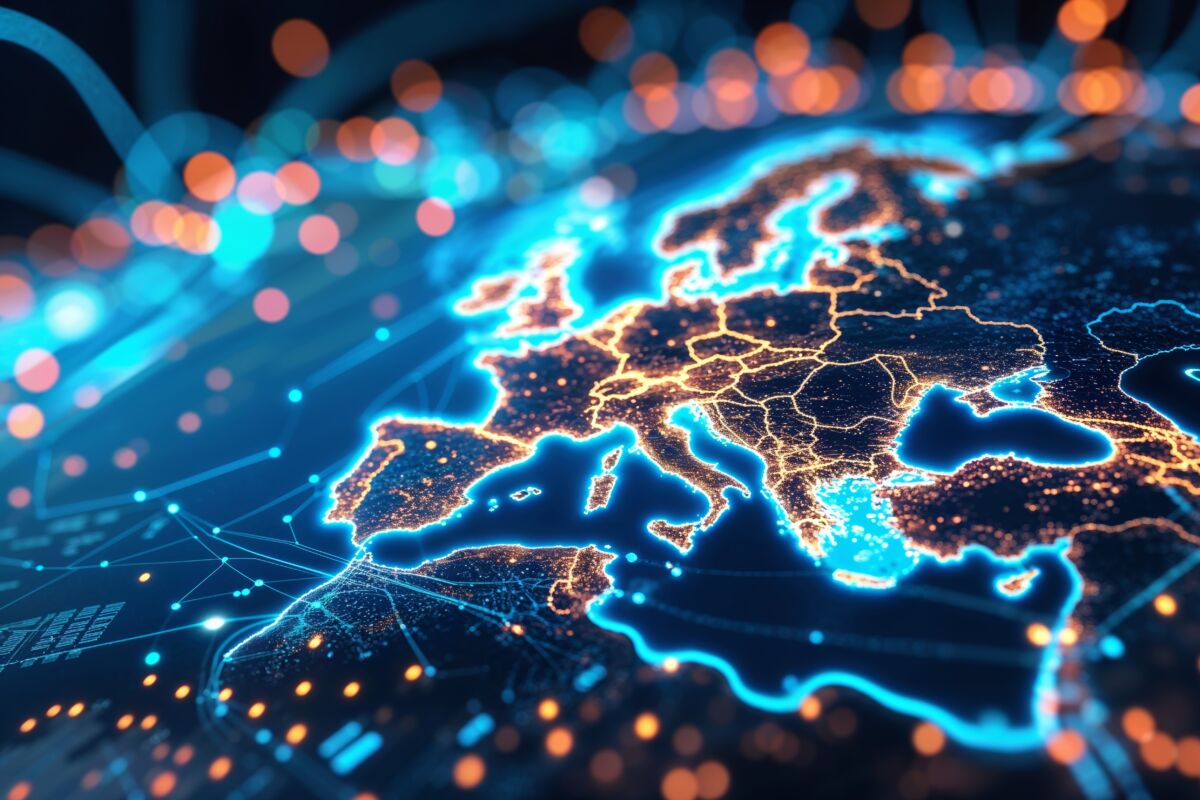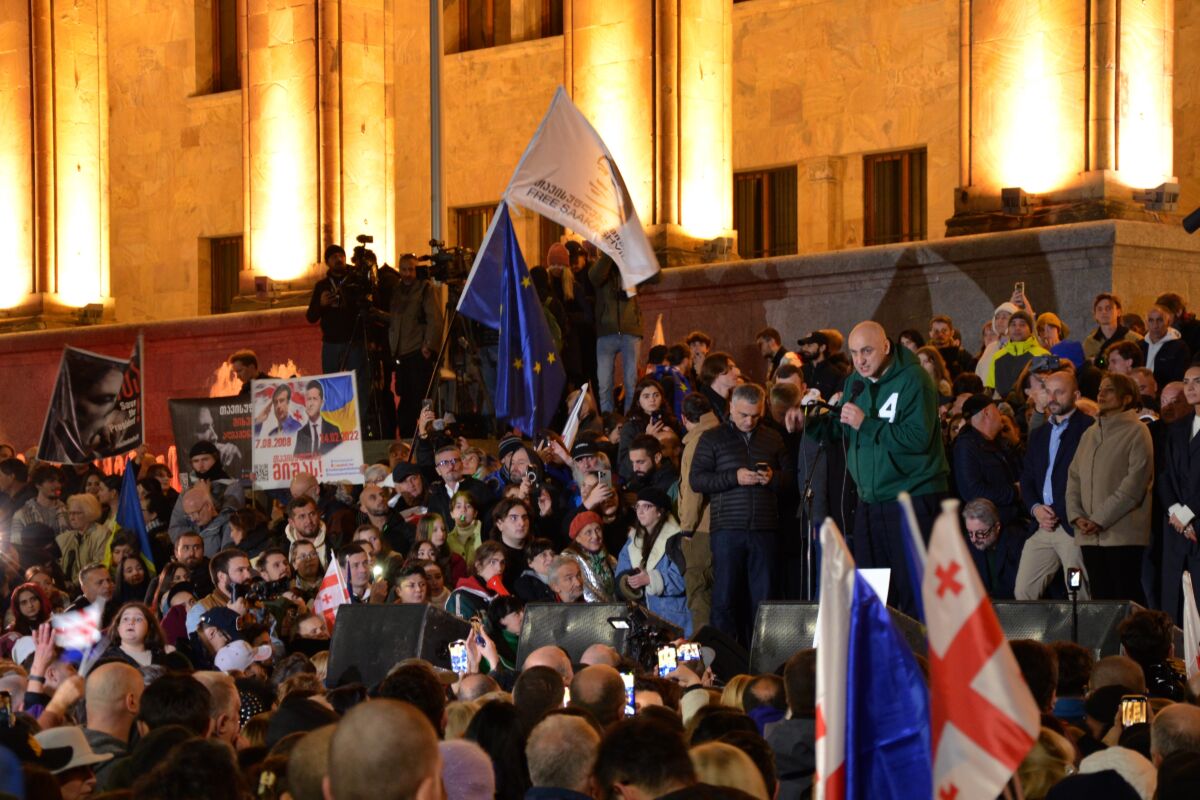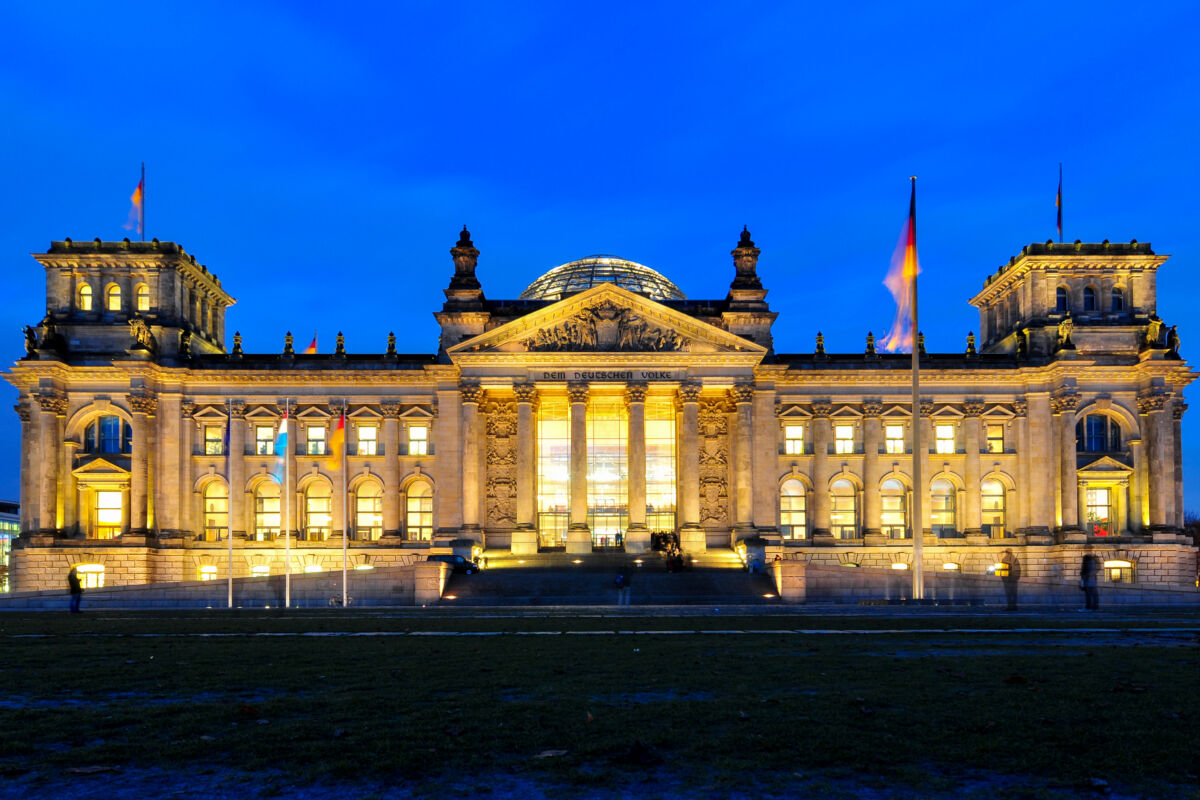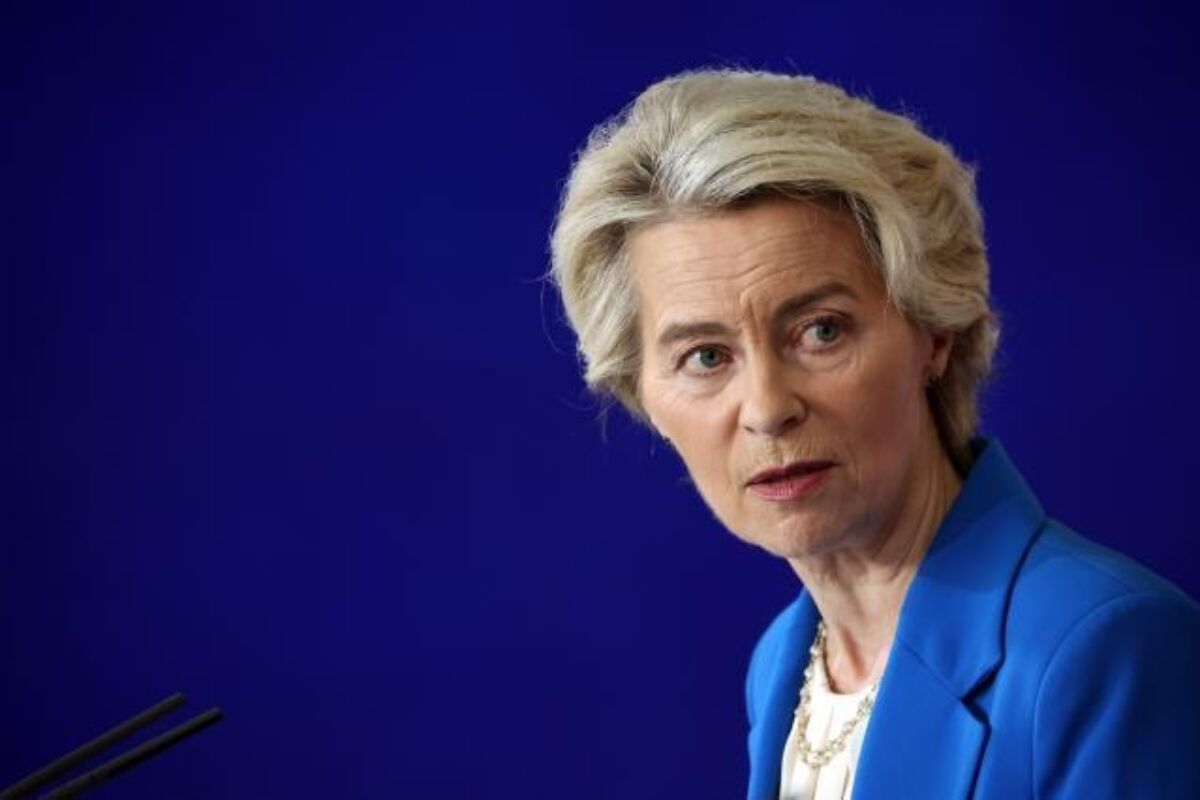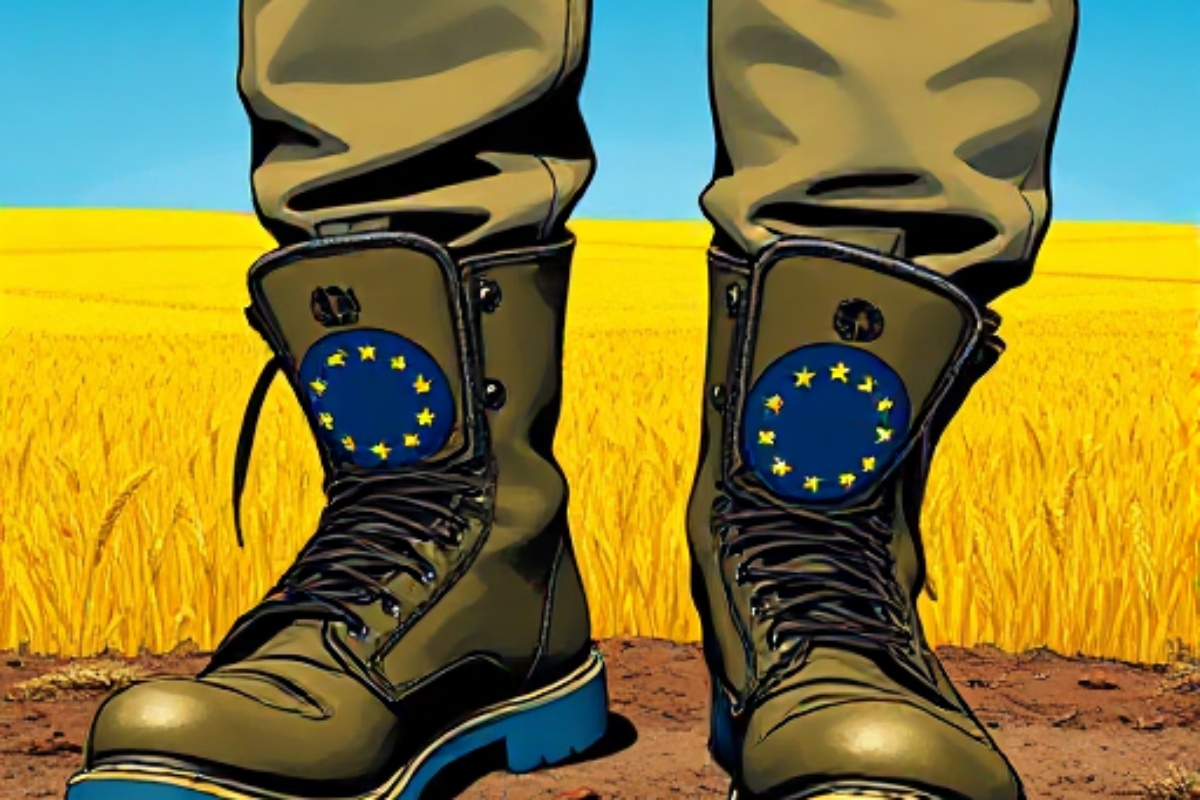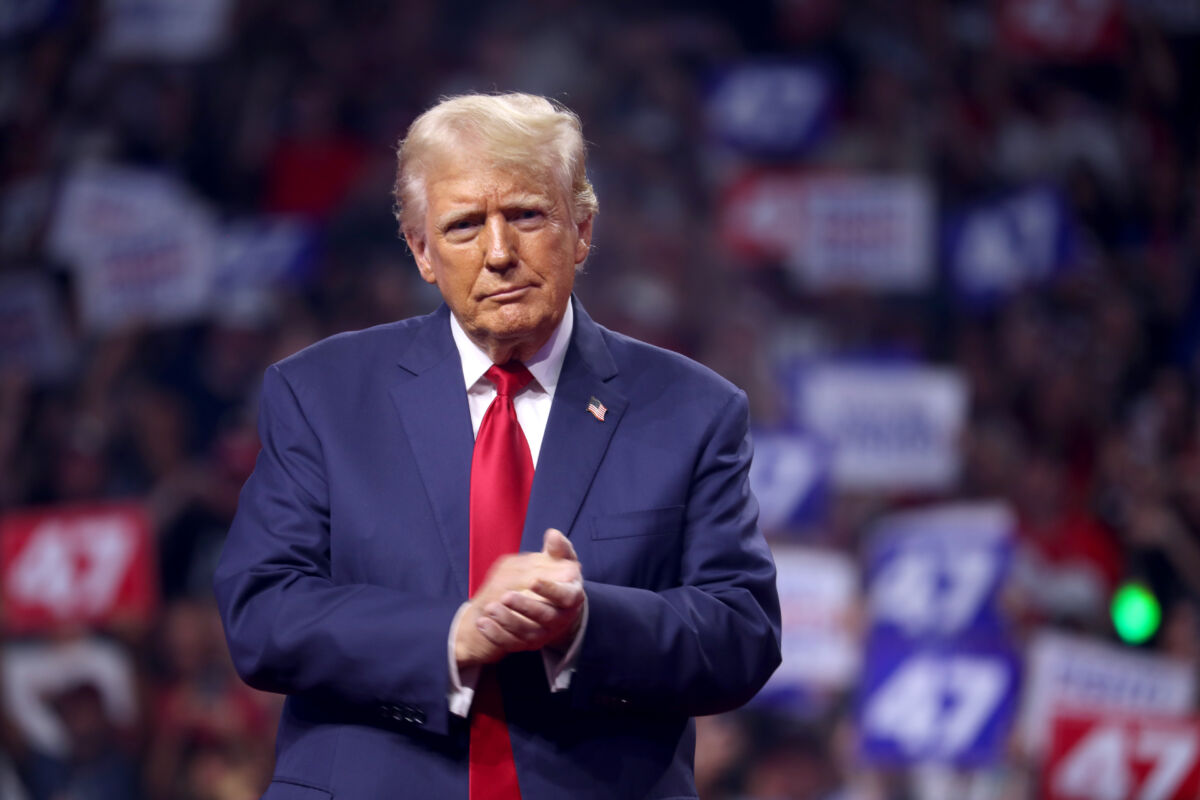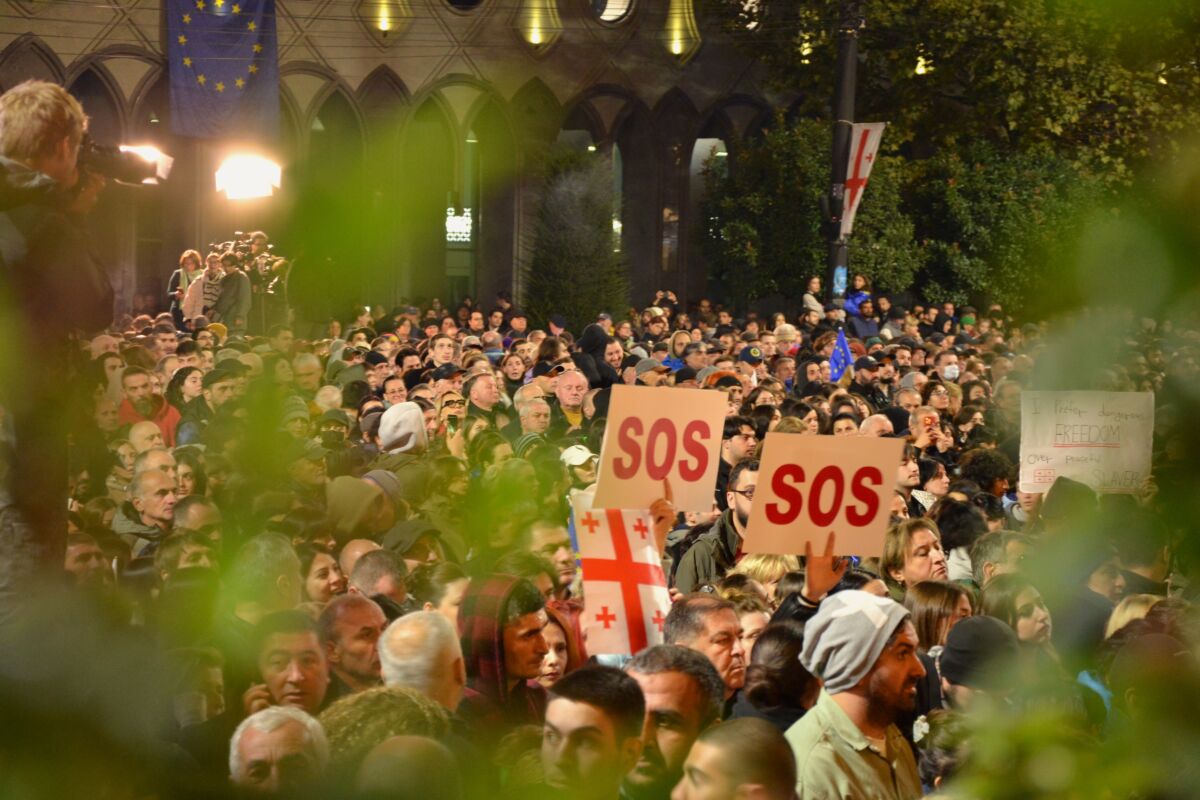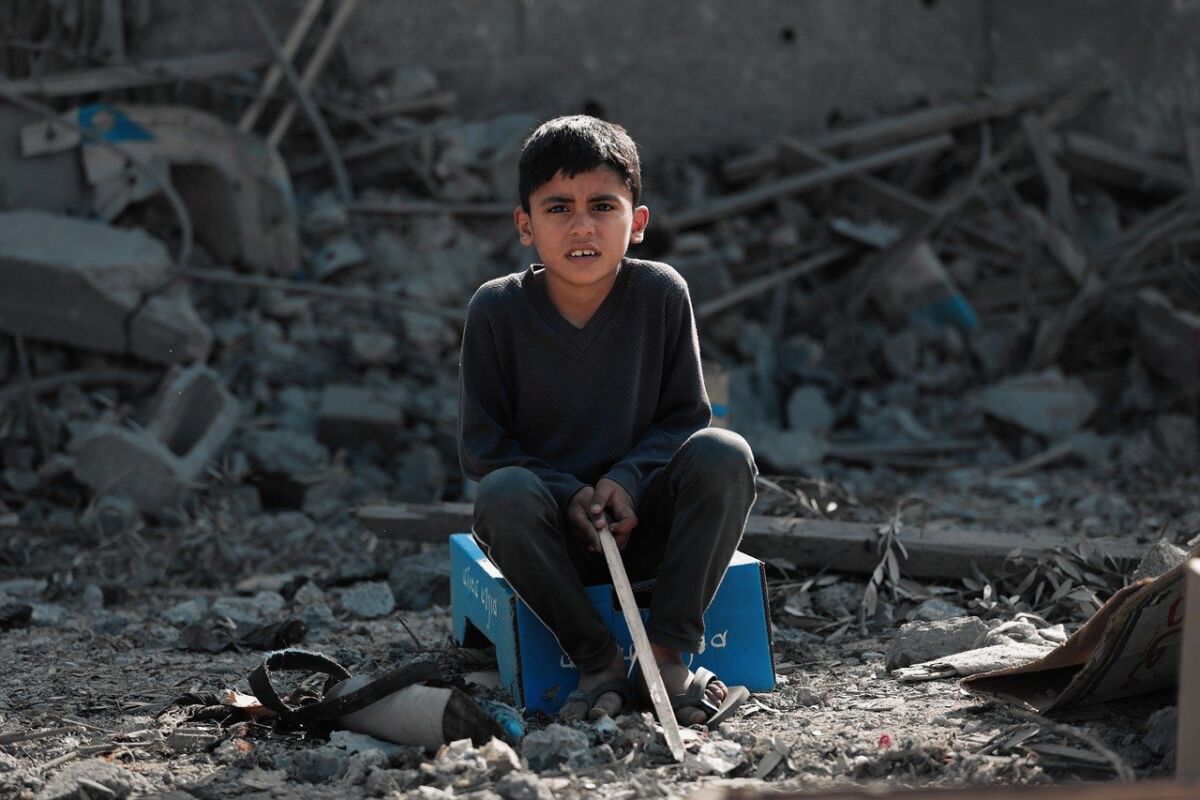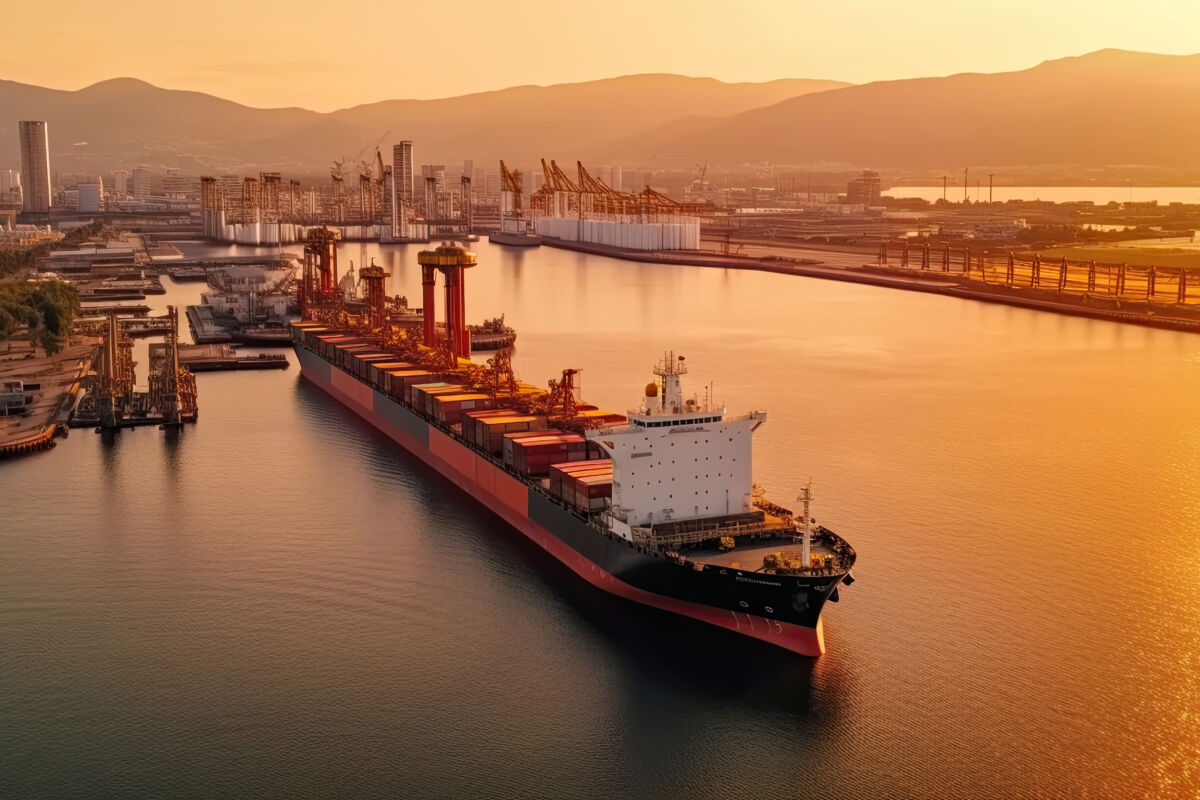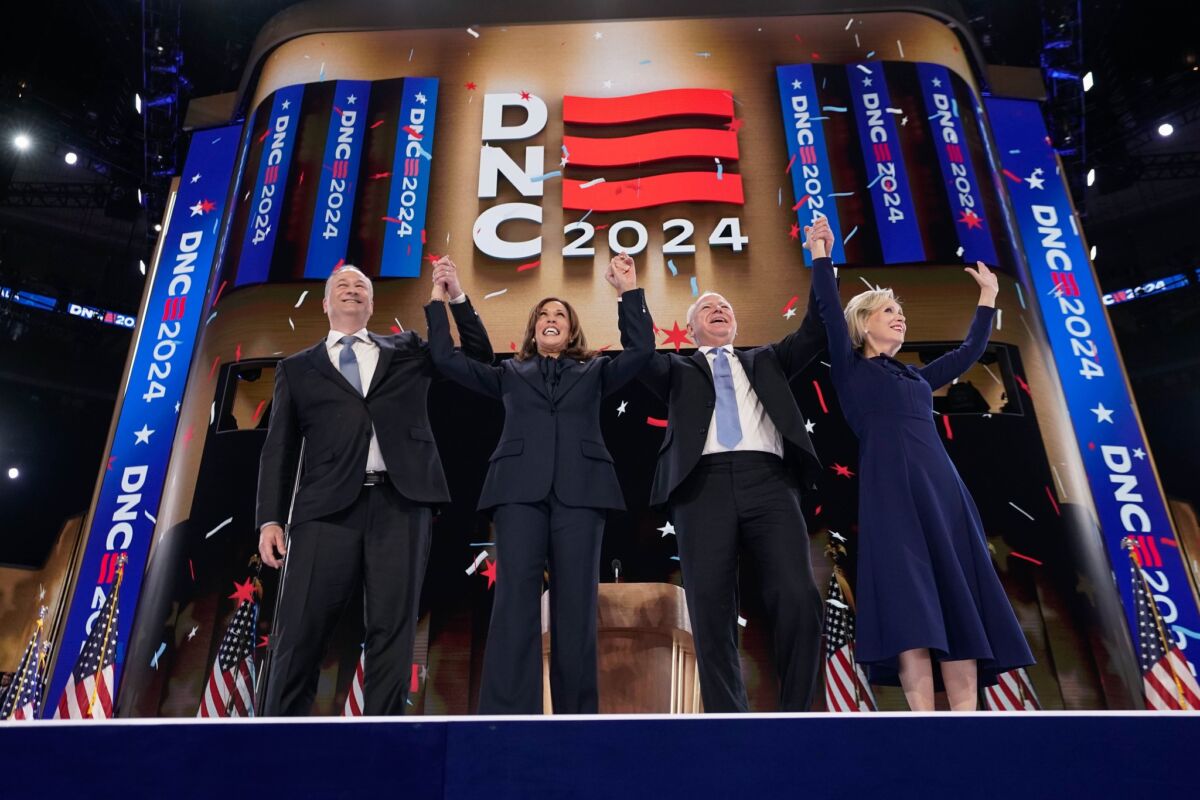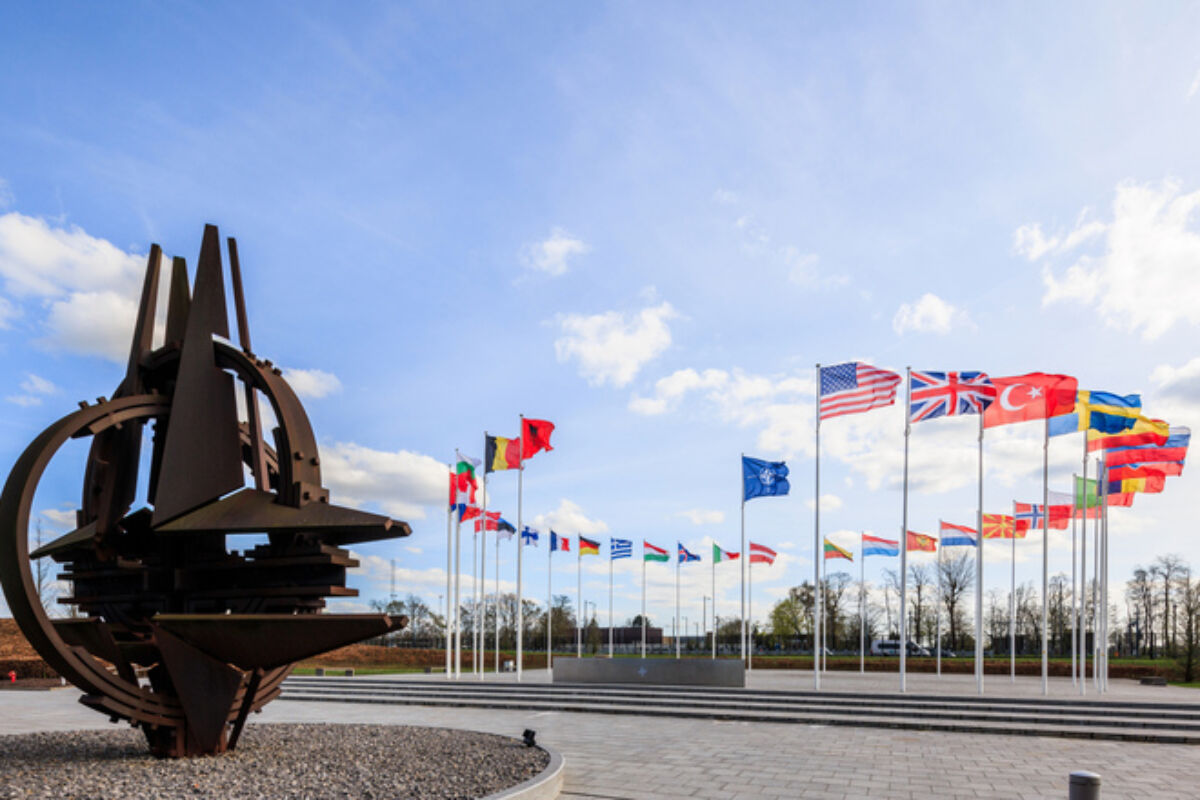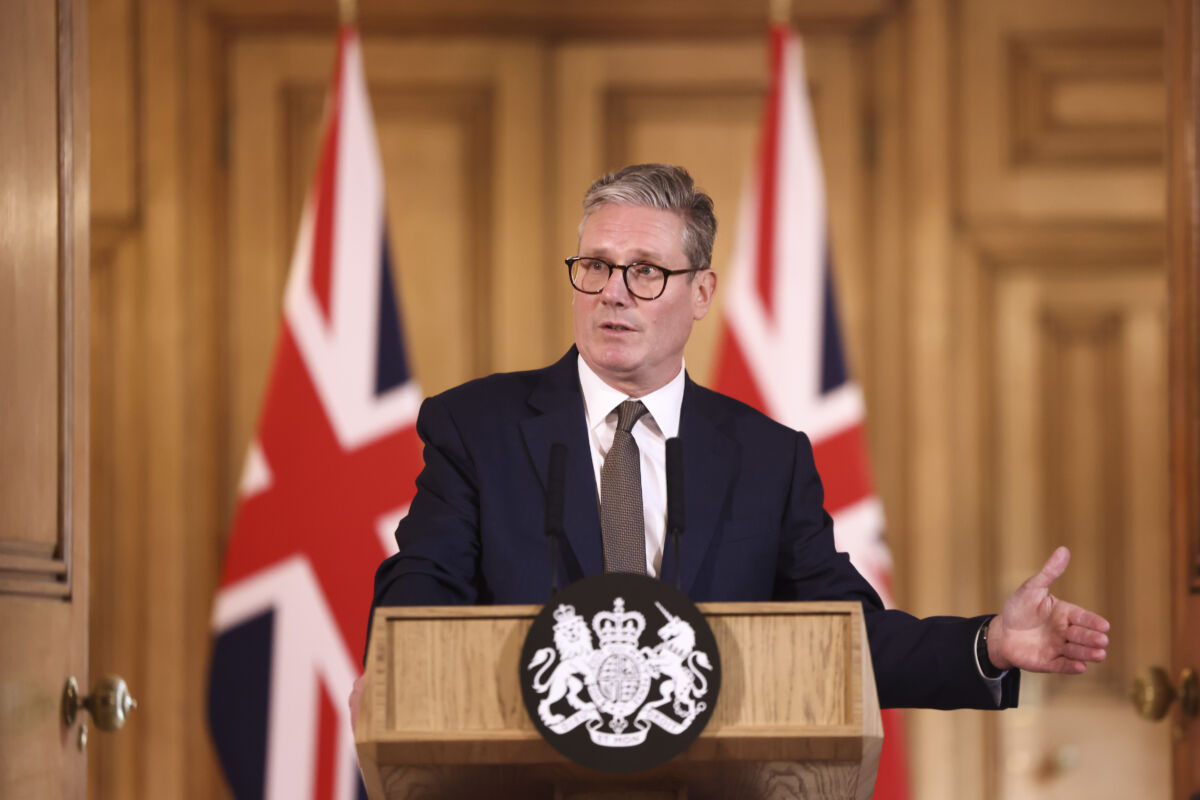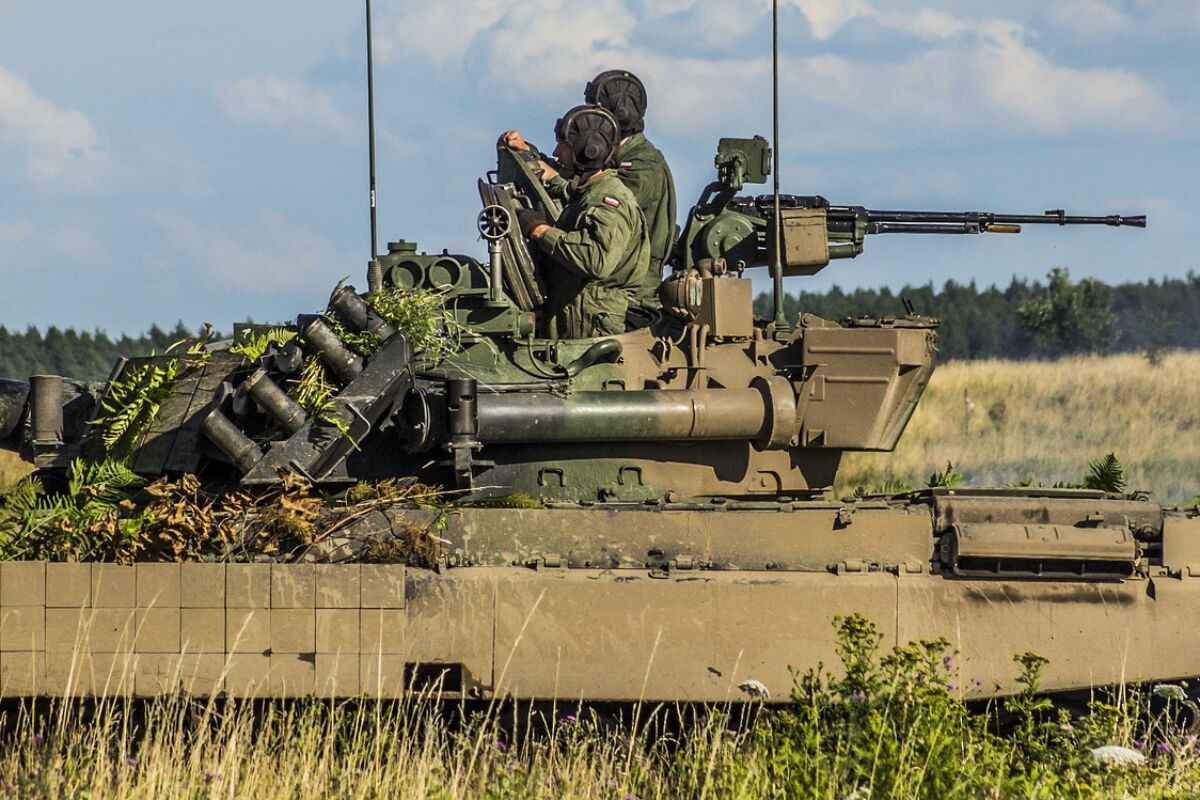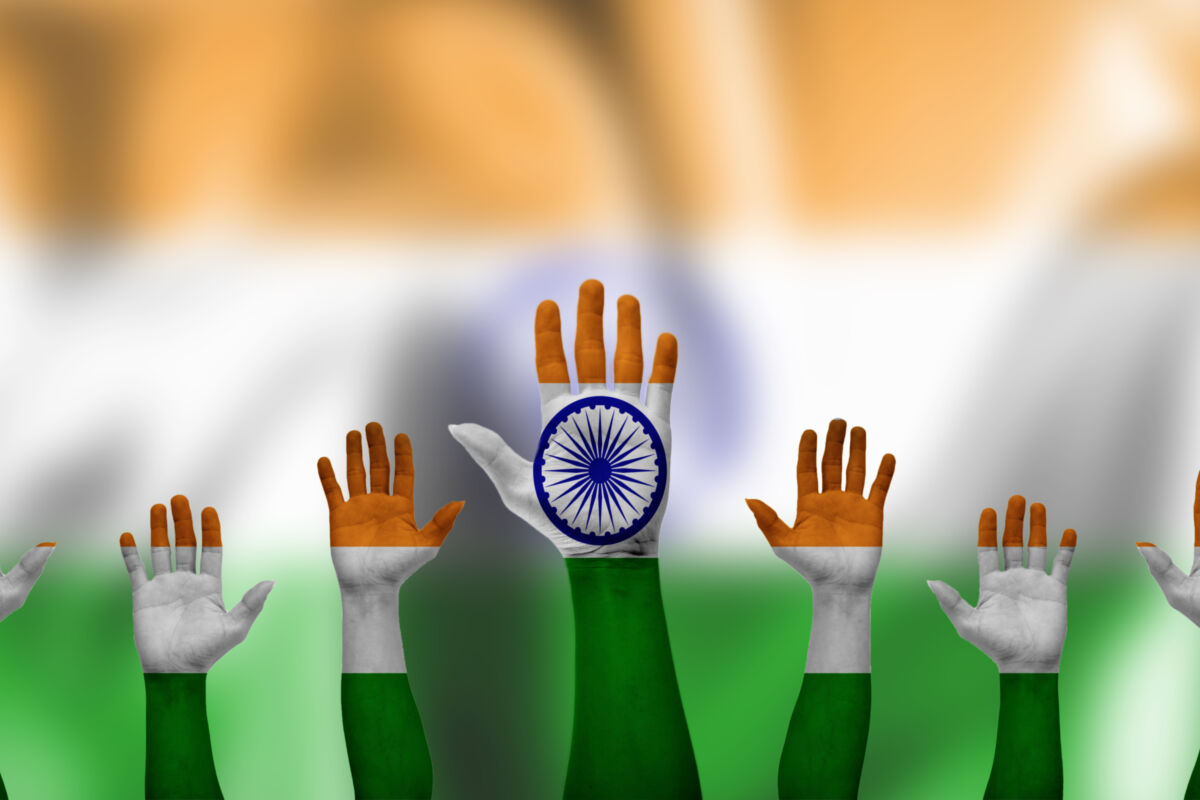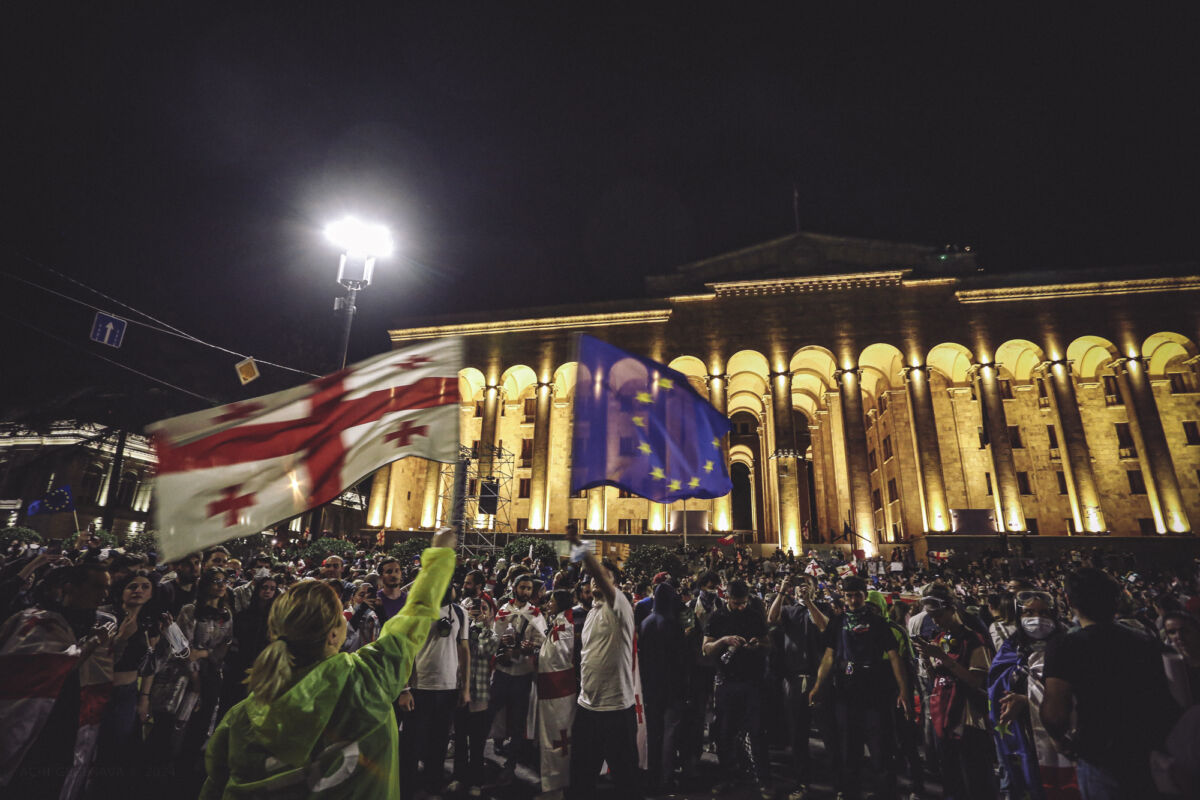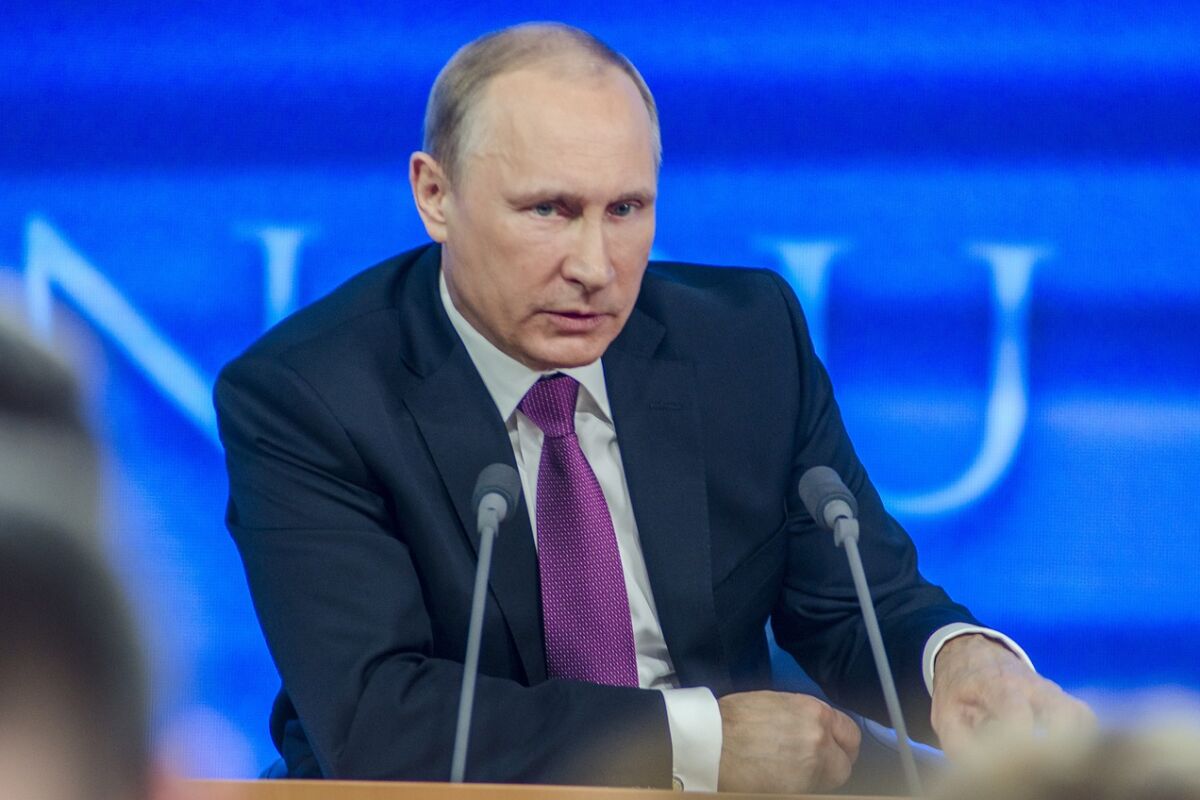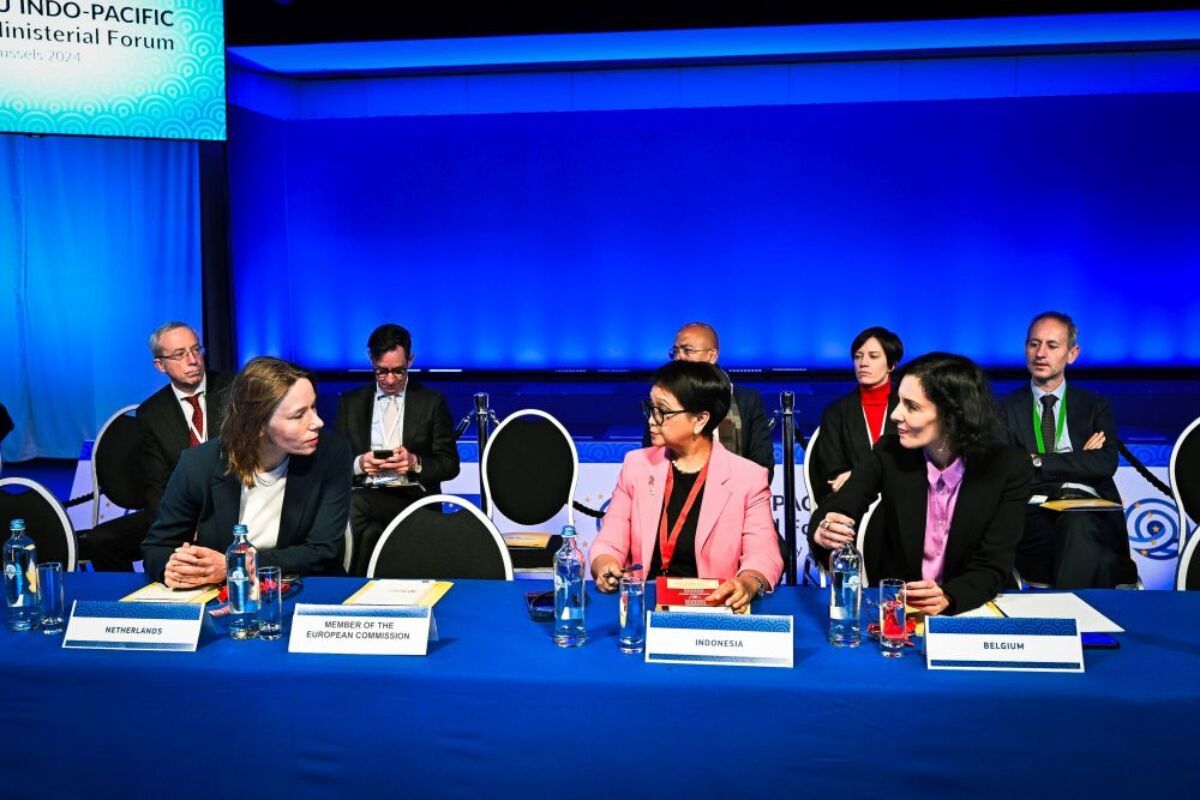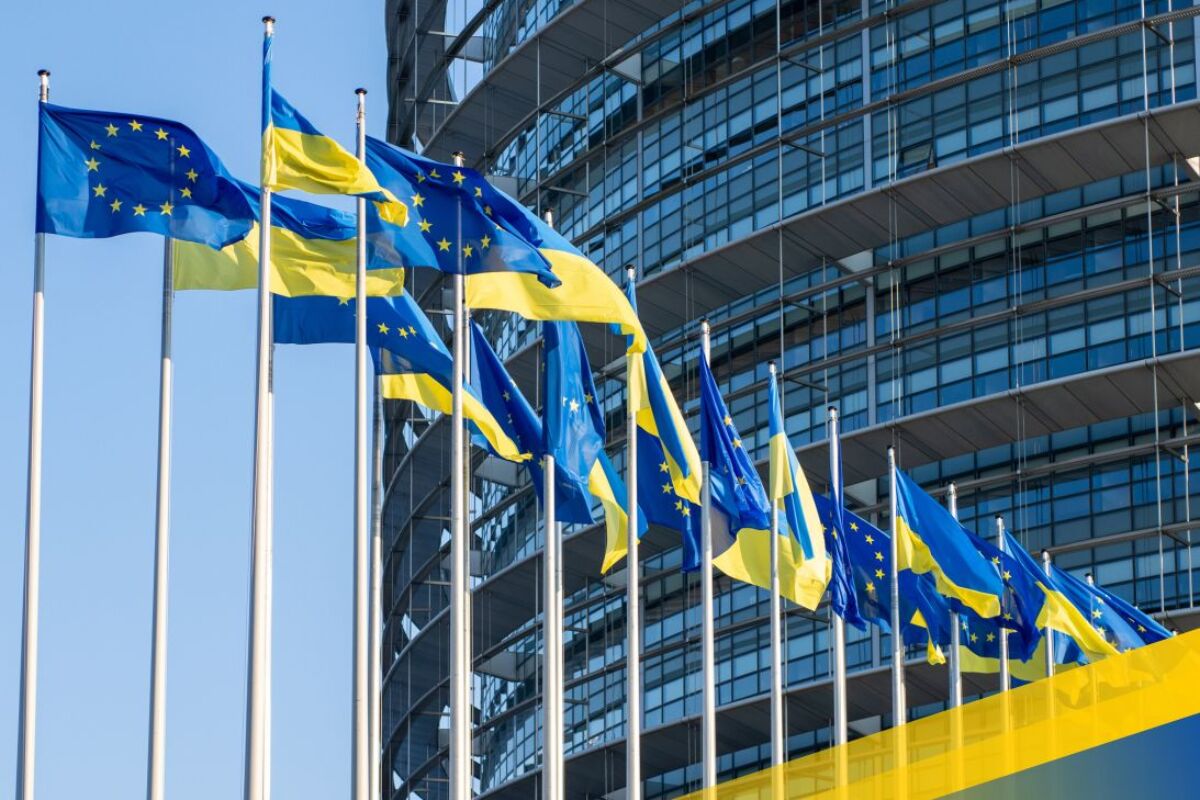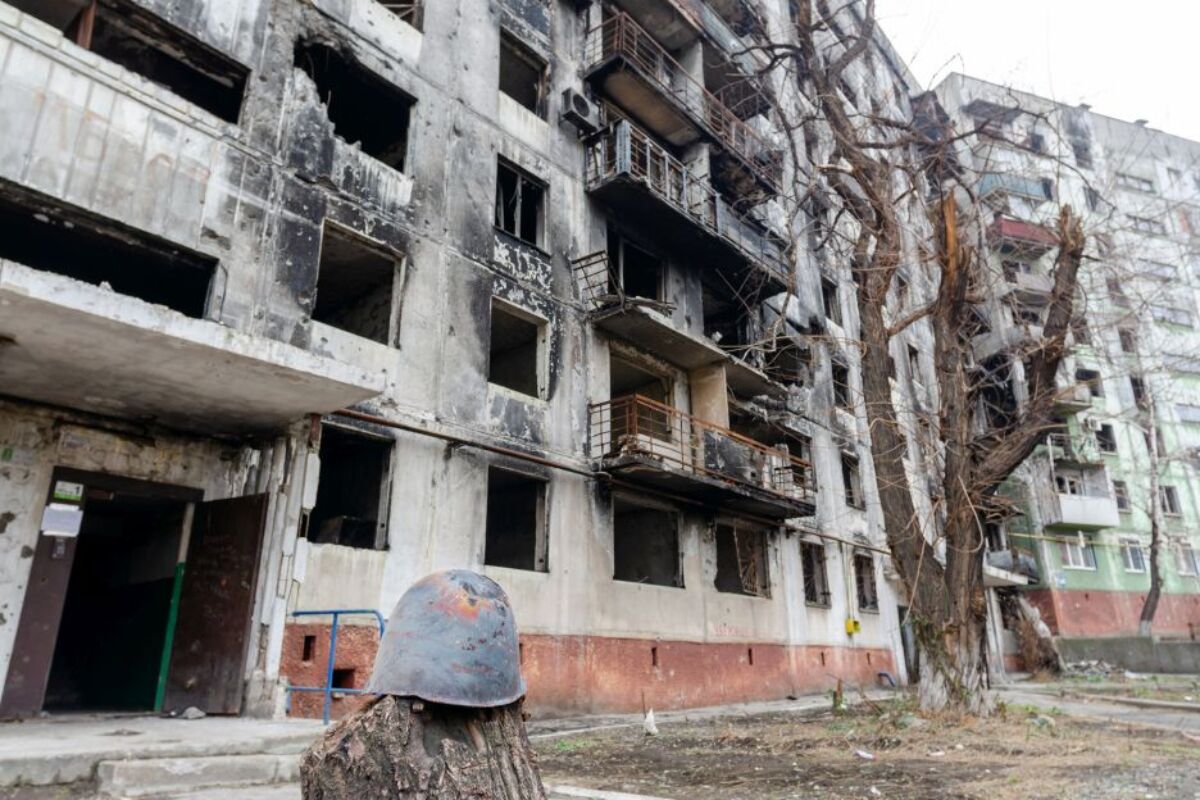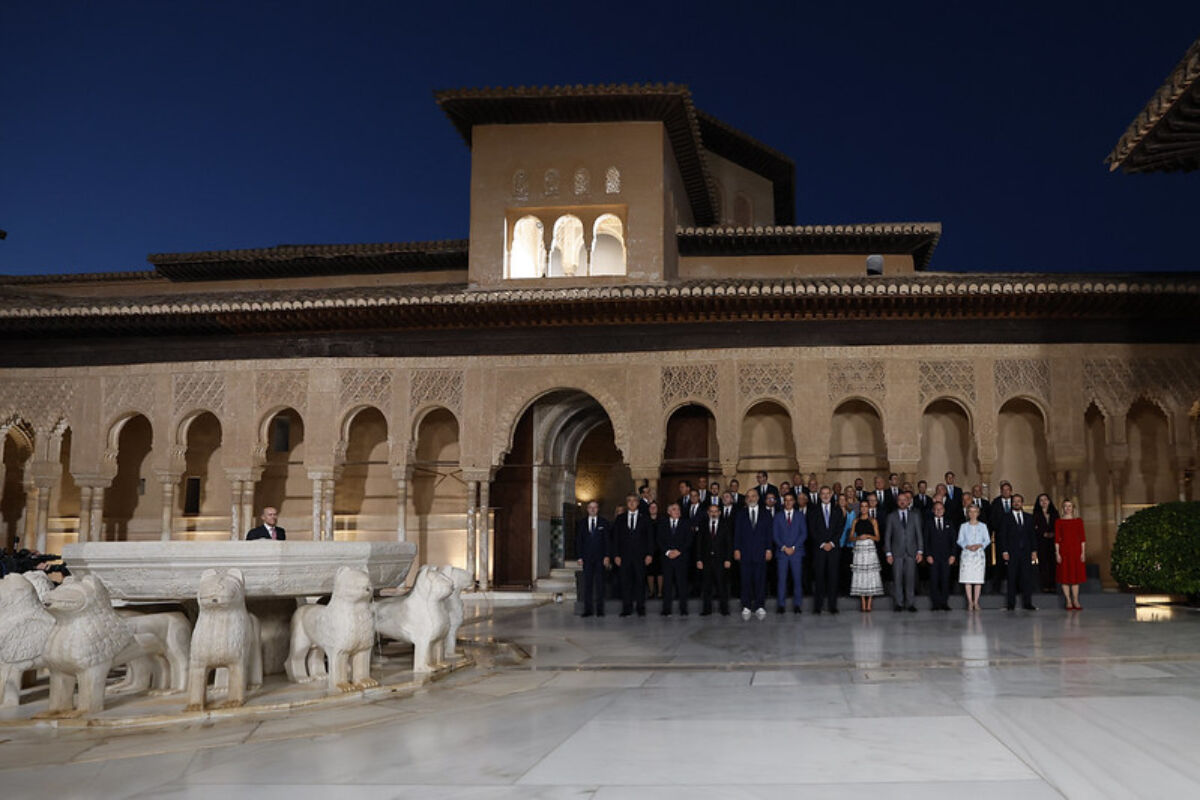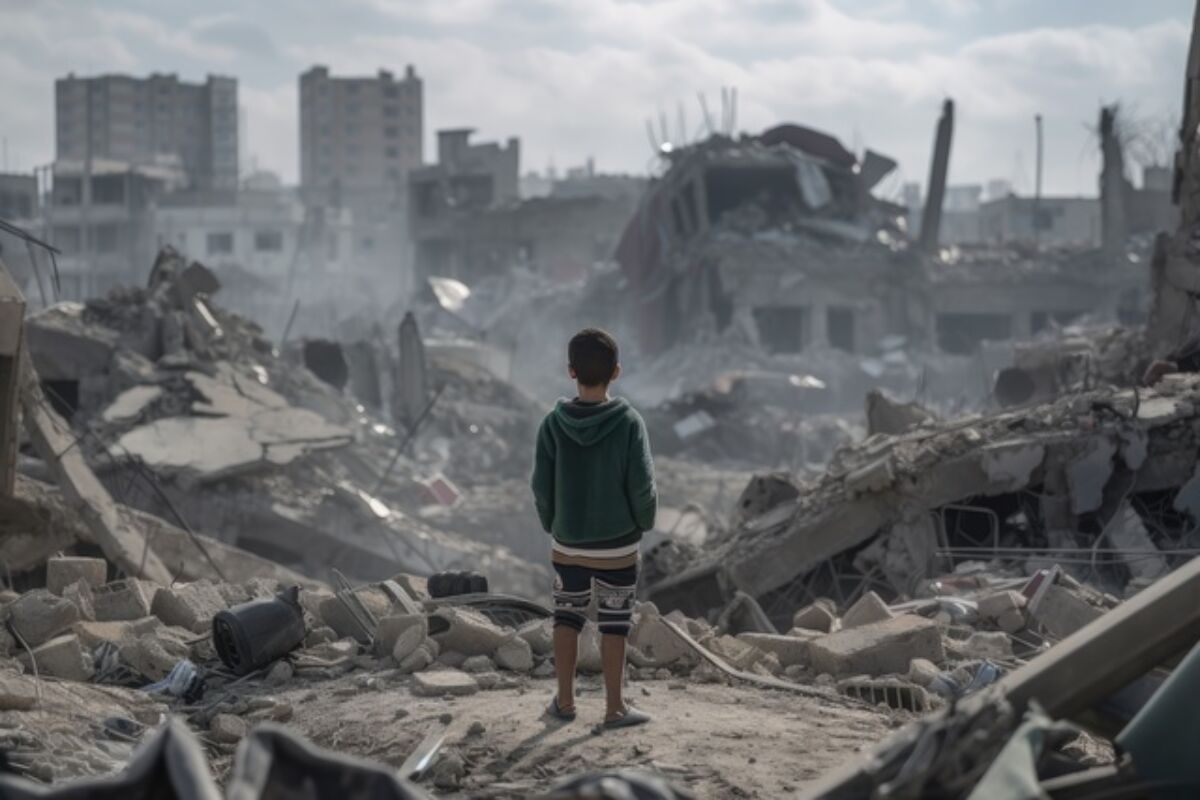Russia’s war against Ukraine has proven to be a watershed moment for the EU, accelerating the development of a European Defence Union. But the EU and NATO must ramp up political cooperation and synergise resources to enhance European security and for the EU to credibly flex its muscles as a security and defence actor in its own right.
The EU’s botched exit from Afghanistan and China’s sabre-rattling in the Indo-Pacific have only reinforced the perception that we need ‘more EU’ in defence. This is even more urgent considering the prospect of US disengagement from Europe under a second Trump presidency.
Since Russia’s renewed aggression, NATO and the EU have performed well as security actors. European unity and solidarity with Ukraine have been unmatched as US Ukraine policy has been taken hostage by anti-immigration and pro-Israel members of Congress who insist on bundling assistance measures. A flurry of initiatives in capabilities development, arms procurement and planning since the EU Strategic Compass and NATO Strategic Concept are a testament to Europe’s protean moment.
But the EU and NATO’s support for Ukraine has thus far mostly proceeded along parallel tracks and cooperation must be bolstered rather than efforts duplicated.
The EU has granted humanitarian protection to Ukrainian refugees, rapidly diversified energy supplies, enacted far-reaching sanctions against Russia, injected much needed economic aid into Ukraine’s treasury, reimbursed arms transfers to Ukraine via the European Peace Facility (EPF), and provided further financial incentives to produce and procure military equipment together. Support for Ukraine’s defence is unlikely to change following the latest European Parliament elections.
Alongside the EU’s efforts, NATO has also played a fundamental role in keeping eyes trained on Ukraine’s defence, as well as coordinating the Alliance’s military support, enhancing its deterrence, and bolstering preparedness for a possible Russian attack on NATO soil.
Yet after an EPF EUR 5.5 billion/year top-up to reimburse arms transfers to Ukraine and support the EU’s military assistance mission training Ukrainian soldiers, NATO is working towards formalising its own fund (perhaps to the tune of USD 40 billion/year) to provide arms and military training to Ukraine. How these may or may not overlap with using the interest generated by Russian frozen assets for the EPF or as collateral for a G7 USD 50 billion loan for Ukraine is currently unclear.
Fears persist that French-led ‘strategic autonomy’ rhetoric might lead the EU to chart a foreign policy course that’s misaligned with US, Baltic, Scandinavian, and Eastern European security interests in Europe. Exemplary have been NATO’s Innovation Fund and Defence Innovation Accelerator that resemble – at least in intent – the EU’s European Defence Fund and its corollary defence innovation scheme, in part established due to concerns that EU initiatives might exclude the defence technological and industrial bases of the US (and the post-Brexit UK).
As the EU ramps up its ambitions as a security and defence actor – it has established four new EU missions and operations since 2022 in Ukraine, Moldova, Armenia and the Red Sea, and revamped its engagement in Niger – it needs to prioritise financial and human resources to ensure that Europeans are deterring adversaries, safeguarding their interests, and building security across the continent. This means politically prioritising the implementation of NATO military requirements.
These challenges persist regardless of three EU-NATO joint declarations from 2016, 2018, and 2023 listing areas over where to enhance cooperation on hybrid, maritime, cyber, defence capabilities and industry, exercises, military mobility, counterterrorism, partnerships, and women, peace and security.
Although the EU and NATO have collaborated on Ukraine, military mobility, space, cyber, climate and defence, exercises, emerging and disruptive technologies, disinformation, and hybrid threats, all this has been largely at the staff-to-staff working level and significant political obstacles on defence capabilities development and the defence industry remain.
As such, the EU and NATO must identify ways of fostering understanding and building an even better rapport. In other words, not just identifying where to enhance cooperation but how to enhance it.
It’s clearly not enough for the EU to invite NATO Secretary General Stoltenberg to its Foreign Affairs Council meetings and for NATO to invite High Representative Borrell to North Atlantic Council meetings to generate meaningful coordination. While great photo opportunities, these meetings seldom address the political and industrial obstacles to cooperation.
Thus, the EU and NATO must identify practical ways of enhancing organisational coordination on topics such as capabilities development, procurement, and cross-domain preparedness and planning – ideally by November.
First, as the US Congress’ foot-dragging on supporting Ukraine demonstrated, Europeans have a strategic imperative to go beyond political infighting that has weighed down further security and defence cooperation. To do so, the EU should revive the Eurogroup of Defence Ministers – EU defence ministers who meet on a regular basis in view of NATO North Atlantic Council Meetings. Since Finland and Sweden’s accession to NATO, the overlap between the EU and NATO’s European membership has grown – and it only makes sense that more common positions are reached at the European level before discussing more broadly within NATO.
Second, with the EU increasingly involved in incentivising the consolidation of the EU defence market and bolstering European primes, US support for further European defence integration may dwindle. With 23 Allies projected to spend 2 % of GDP on defence in 2024, the demand is there but transatlantic industrial fragmentation persists. To pre-empt these tensions and ensure that integration occurs across the transatlantic area, EU and NATO leaders must push to establish a high-level transatlantic defence technological and industrial forum to coordinate capabilities development and procurement initiatives at the NATO, EU, and country levels. This forum should also explore how the EU can integrate NATO standards into EU defence projects and seek ways of eliminating the inefficient duplication of EU and NATO funding pools.
Third, NATO and the EU must work in operational parallel towards greater inter-operability. As competition for military personnel is likely to grow with the mushrooming of conflicts and crises in Europe’s neighbourhood, all efficiencies must be found. This should include scoping out the mechanisms that would allow the EU to plug its nascent Rapid Deployment Capacity into NATO exercises and – eventually – operations.
These are but three concrete recommendations on how to strengthen EU-NATO cooperation. Identifying further areas and ensuring effective follow-up should be carried forward by a brand-new EU Delegation to NATO, established permanently at NATO Headquarters to ensure even greater communication, address tensions, and truly streamline EU-NATO cooperation.



